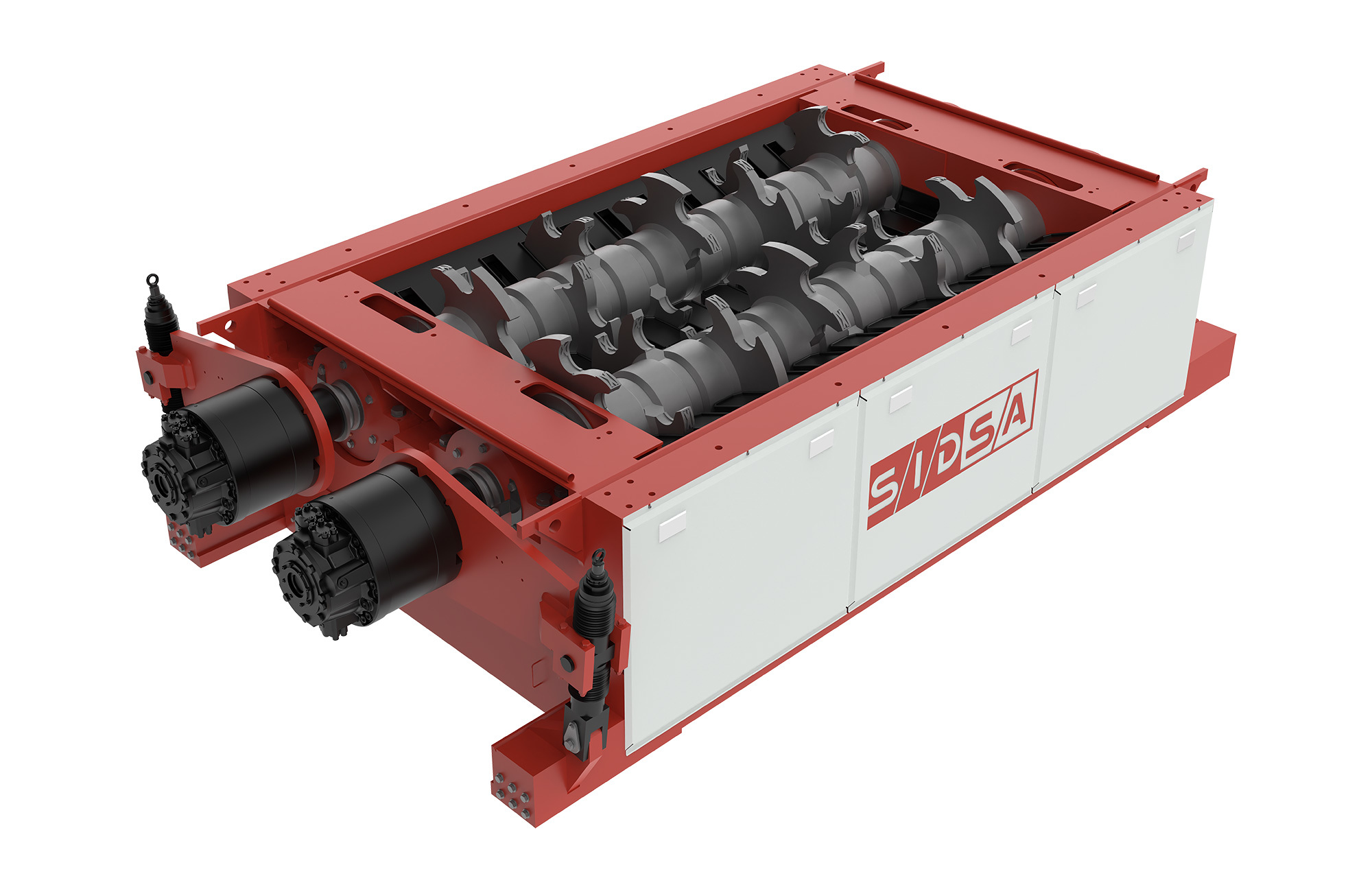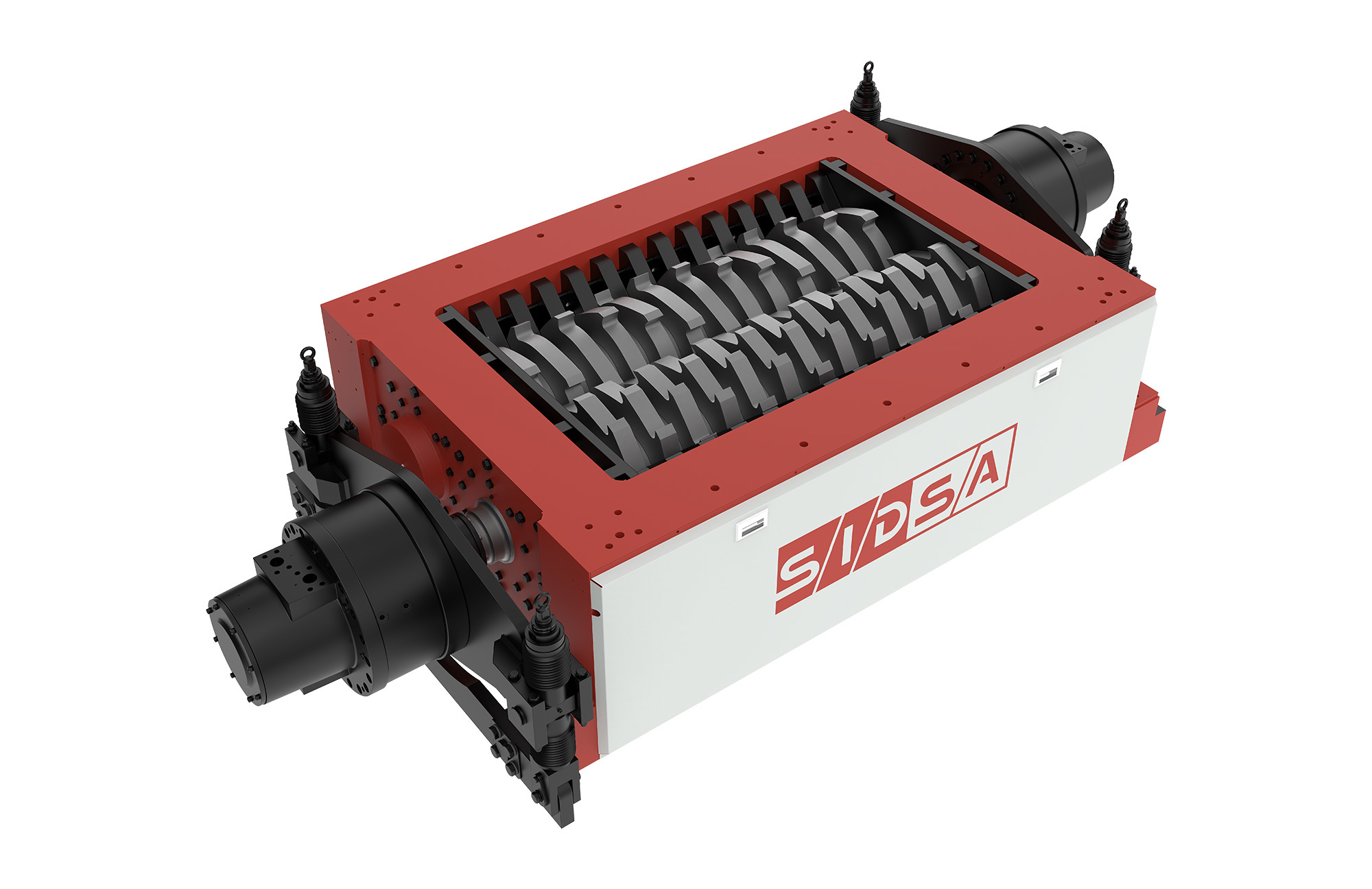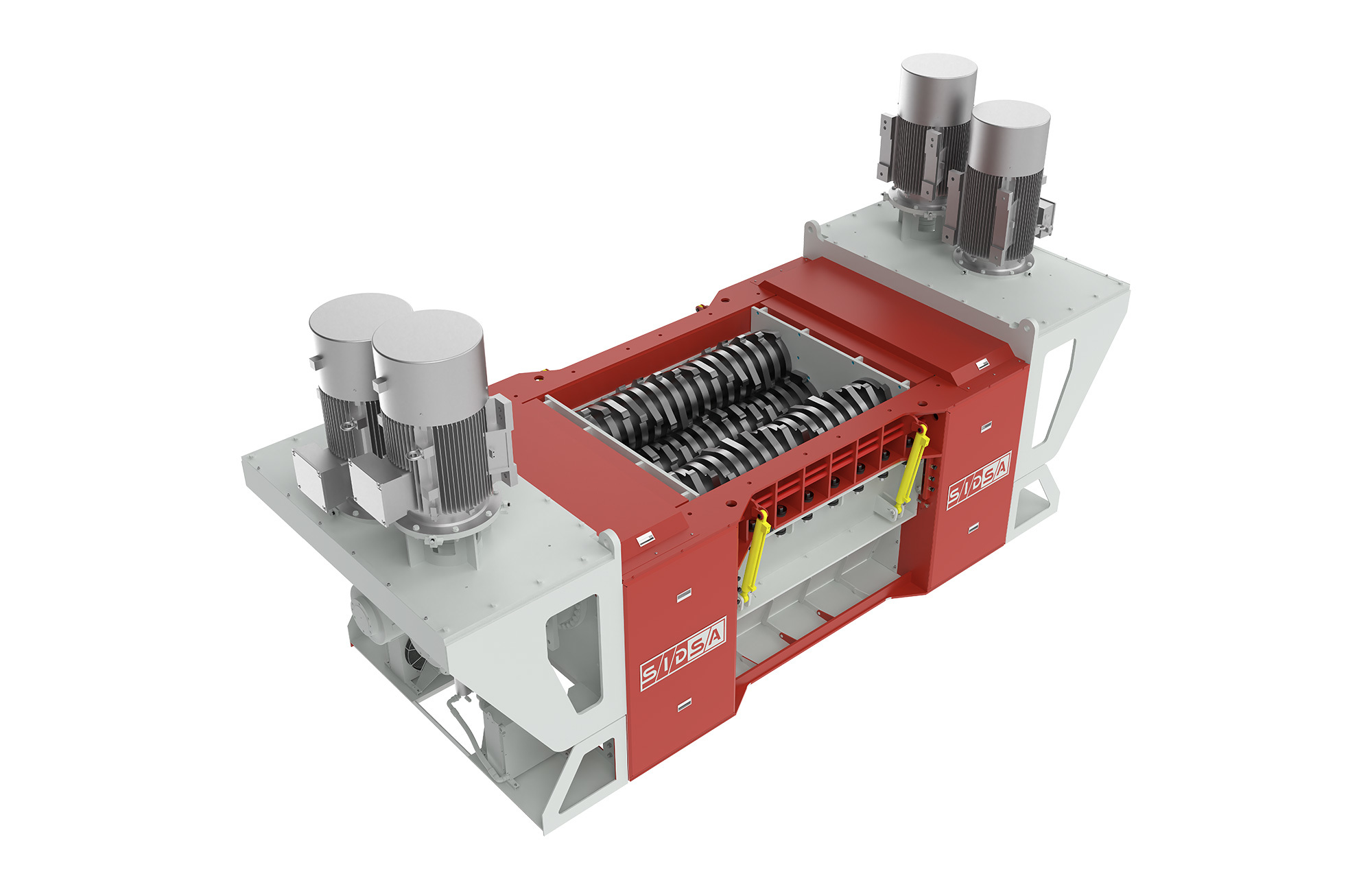The Second Life of Aluminium: From Beverage Cans to Aircraft Components
Release Time:
Nov 20,2025
That aluminium can you casually toss into the recycling bin could find its next life in an aircraft fuselage, automotive parts, or building structures. This exemplifies aluminium's remarkable property of being infinitely recyclable.
Aluminium is a silvery-white, lightweight metal with a distinctive lustre. With a density of just 2.70 g/cm³, a melting point of 660°C, and a boiling point of 2327°C, it ranks as the third most abundant element in the Earth's crust—the most plentiful metallic element. While aluminium ore is not scarce compared to metals like copper, the primary challenge lies in the energy-intensive smelting process.
In line with China's push to develop a comprehensive resource recycling system, the "Standard Conditions for the Recycled Non-Ferrous Metals Industry" targets a national output exceeding 20 million tons of recycled non-ferrous metals by 2025, with recycled aluminium accounting for approximately half.

Aluminium can be recycled almost indefinitely without losing its essential properties. Consider these compelling data points:
⚡ Producing one ton of primary aluminium through electrolysis—the current mainstream method—consumes approximately 14,000 kWh of electricity.
♻️ Recycling one ton of aluminium scrap uses only 5% of the energy required for primary production, while saving around 4 tons of bauxite and reducing carbon emissions by 15 tons.
This makes aluminium recycling one of the most effective and economically viable processes for energy conservation and emission reduction among bulk materials—an indispensable component in global carbon neutrality efforts.
Furthermore, aluminium's strength can be significantly enhanced through alloying. For instance, the 7000 series alloys—with added zinc and magnesium followed by heat treatment—achieve exceptional strength, though this presents specific challenges during recycling.Aluminium Scrap Recycling
Conventional hammer mills often prove inadequate for processing tough aluminium alloys, typically suffering from high energy consumption, excessive dust generation, rapid wear, and frequent jamming—especially with materials contaminated by plastics or rubber.
SID's XLS 4500 shredder addresses these challenges with engineered solutions for aluminium scrap pre-treatment:
⚙️ Precision Shredding
Its low-speed, high-torque operation delivers high-capacity processing, transforming diverse aluminium forms into uniform fragments ideally sized for subsequent separation stages—enhancing both metal recovery rates and purity.
⚙️ Engineered for Durability
Critical components including the main shaft are constructed from wear-resistant alloy steel. The wear-prone parts feature reinforced designs and are re-weldable, ensuring extended service life with minimal maintenance requirements.
⚙️ Intelligent Operation
An automated protection system enables immediate cutter shaft reversal and alerts operators upon detecting non-shreddable materials, preventing damage and maintaining operational continuity.
The shredder produces output sized under 400 mm and incorporates advanced hydraulic and control systems for automated operation, reduced manual intervention, and enhanced safety.
From a simple beverage can to complex aircraft components, the transformation of aluminium scrap starts with SID's technology. As we continue advancing environmental protection, we invite more partners to join this crucial mission for our planet's sustainable future.
What Else Might You Learn?
SIDSA focuses on technological research and innovation in the field of waste pretreatment
Product
SIDSA focuses on technological research and innovation in the field of waste pretreatment

















